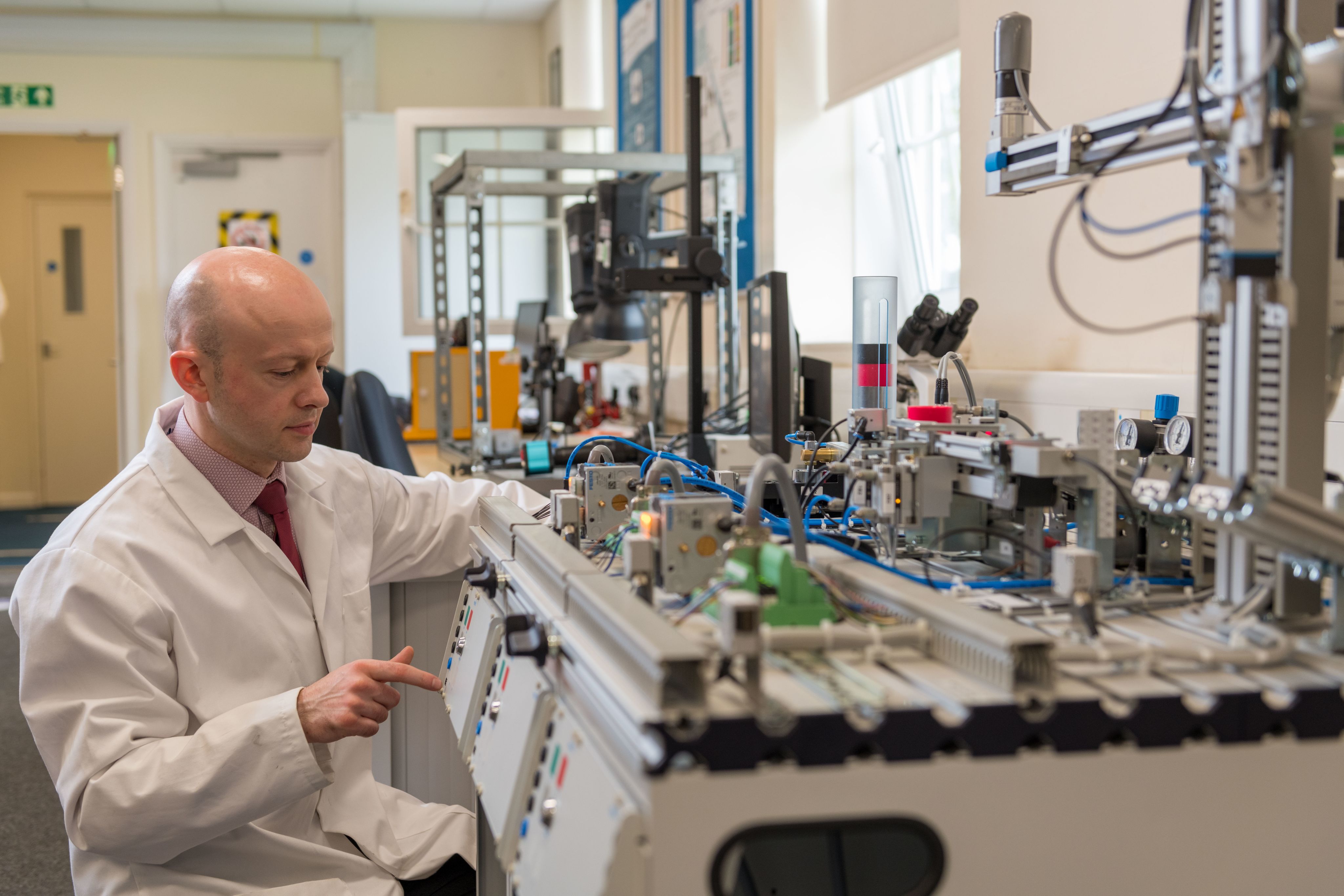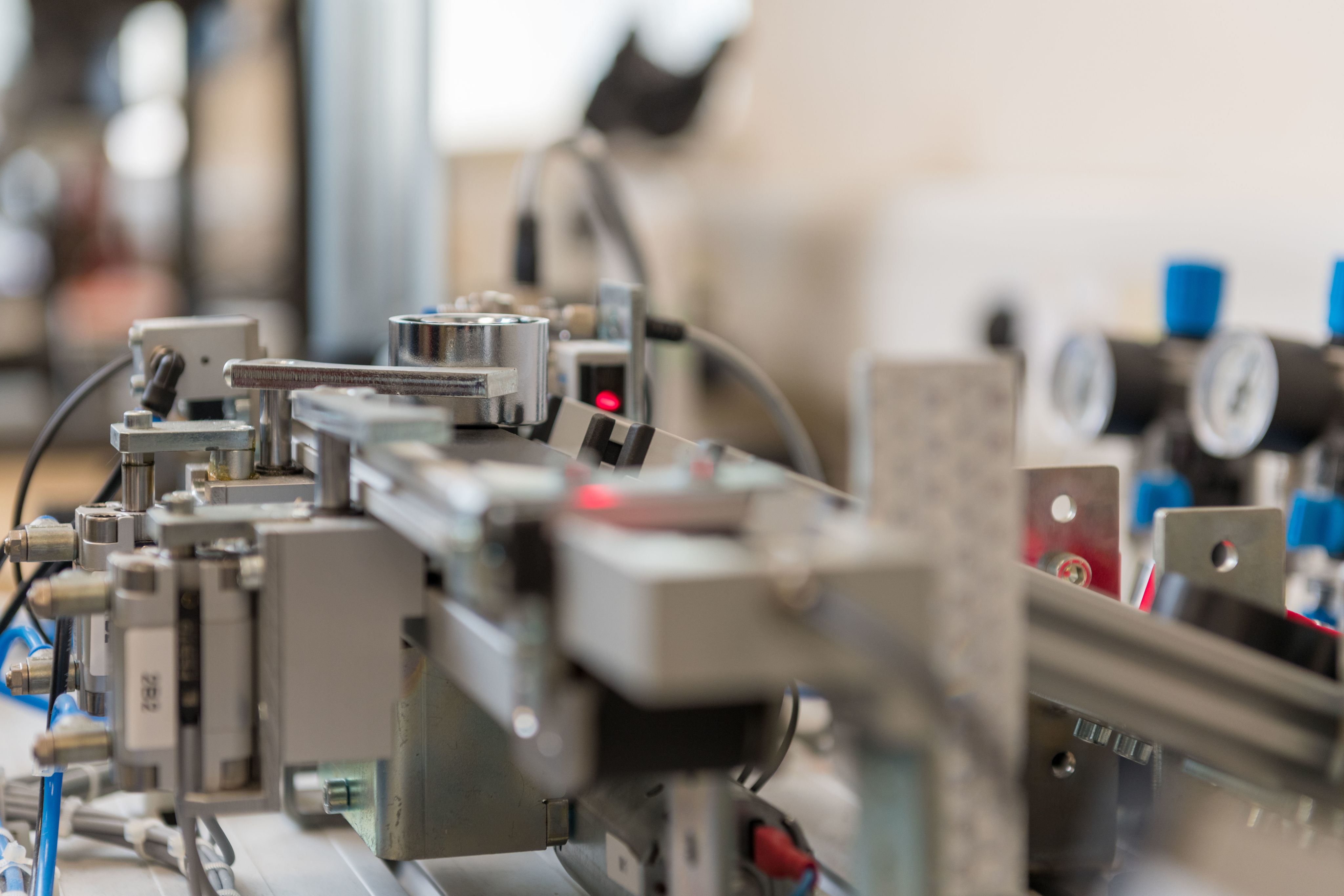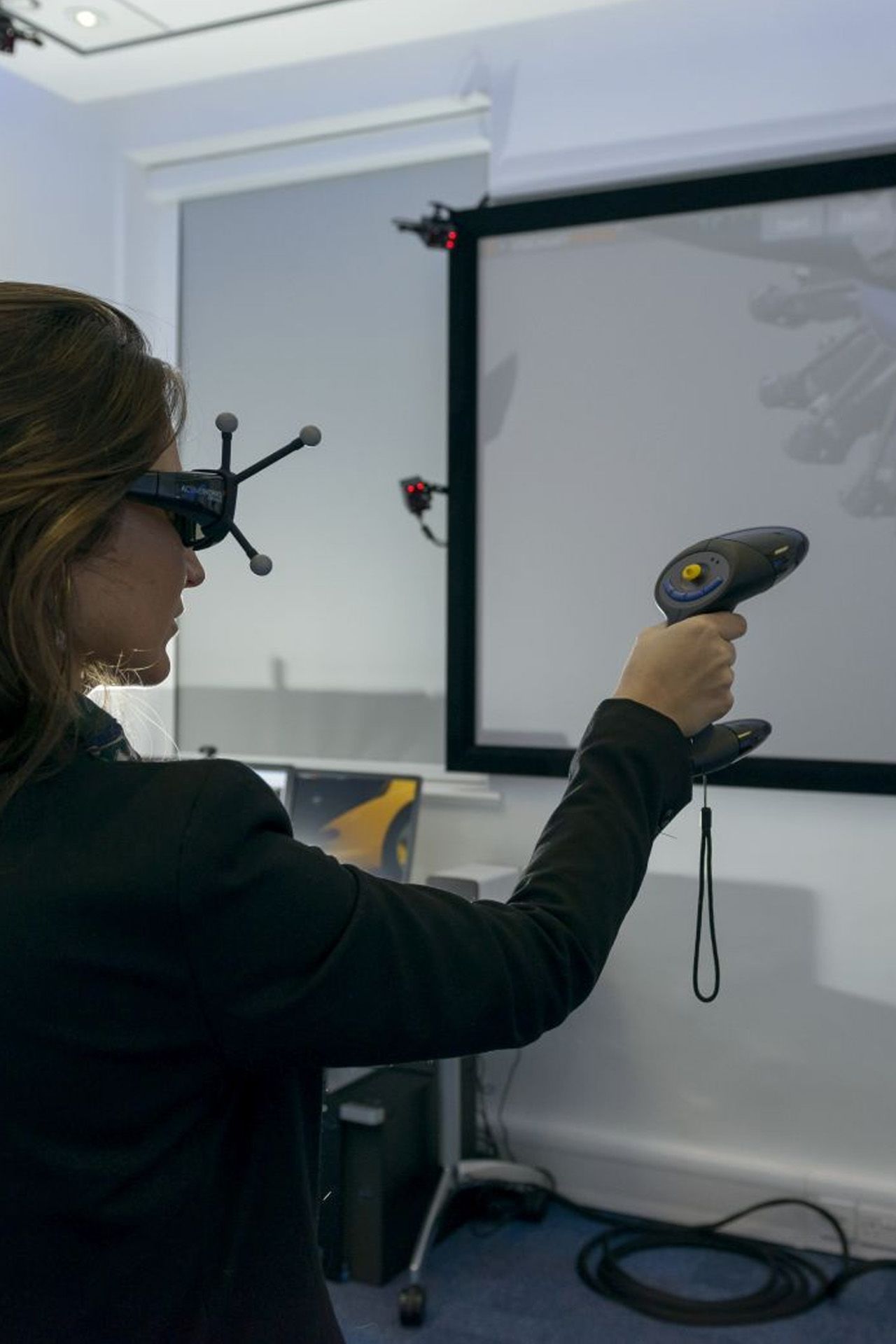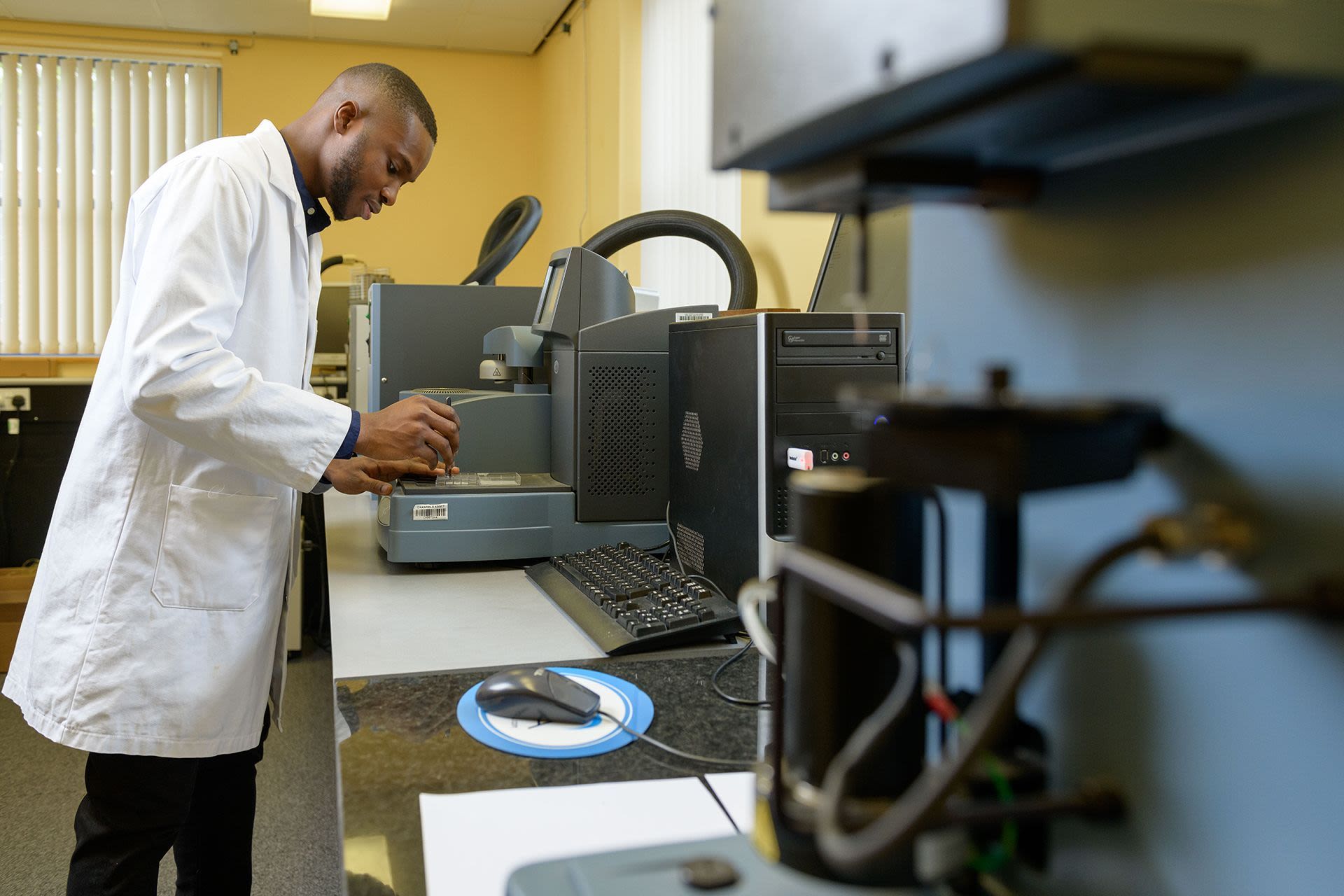Through-life engineering services: transforming the capability and productivity of UK industry
- Through-life engineering services (TES) keep major assets like planes, ships and trains working better, for longer
- Cranfield’s work developed a new British Standards Institute (BSI) Publicly Available Specification (PAS) document on TES giving practical guidance to UK industry leaders
- Introducing the guidance has already saved the Ministry of Defence £33 million in reduced life cycle costs

Through-life engineering services (TES) keep major assets like planes, ships and trains working better, for longer, more economically — so they keep their value and maintenance costs are kept to a minimum.
Cranfield research has unlocked the benefits of TES for UK industry. The development of a TES marketplace — based on the Publicly Available Specification (PAS 280) that was created — has led to the pro-active application of TES across industry, to business wins, gains in market share, increased revenues and profitability.
With engineering services constituting 16.8% of UK annual Gross value added (GVA), there is huge potential for cost-savings and improved competitiveness in international markets. The total market opportunity across industry sectors including energy, transport, defence, construction, and agribusiness for TES is expected to reach £251 billion by 2045.
Introducing TES has already saved the Ministry of Defence £33 million in reduced life cycle costs. Both Rolls-Royce and BAE Systems have already seen £2 million in initial savings in 2019 alone.

The total market opportunity across industry sectors for TES is expected to reach £251 billion by 2045.

Mapping whole life health
To create a new way of thinking about complex engineered assets, the Cranfield team began with a focus on the root causes of component failure driven by degradation (like corrosion, wear and oxidation), maintenance requirements, as well as the role of obsolescence. They then looked at the implications at both the component and whole system level in terms of costs and availability of the asset itself for use.
This fed into the first work of its kind on improving system design processes in a way that would lead to cost reductions over the whole life of the plane, ship - through better planning and a clear understanding of the trade-offs between types of maintenance (corrective or preventive) and the resulting costs over time.
New approaches were developed using non-destructive testing to allow for early alerts and planning for recovery of components ahead of any failure. An example knowledge bank of component degradation was built up to map the evolution of the health of an asset, the key issues and periods to focus on.

The first work of its kind on improving system design processes that would lead to cost reductions over the whole life of the plane, ship or etc, through better planning and a clear understanding of the trade-offs between maintenance and costs over time.

As part of its TES approach, Cranfield created a toolkit for the pro-active reduction of ‘no-fault found’ (NFF) through system design, outlining the root causes and a new process to take into account the estimated costs involved. Reducing the number of NFF incidents — where an asset is taken out of service due to a perceived fault which turns out to be nothing — is critical to reducing costs for organisations. In 2015, the US Department of Defense estimated NFF was costing $2 billion each year.
Work was holistic, looking at the entire picture of how TES can best be delivered in organisations: the practical context of contracting, managing, designing, leading, delivering, marketing and operating services associated with complex engineering products. Projects led to demonstrators of TES technology and processes, workable methodologies and toolkits.
Setting standards
Cranfield was commissioned by the British Standards Institute (BSI) to lead the preparation of a Publicly Available Specification (PAS) document on TES in 2017. For PAS 280, the research findings were integrated within a framework that outlined the key functions needed to deliver productive TES: practical guidance to leaders in UK industry on the proactive application of TES, enabling manufacturing and solution providers in all sectors to win business, gain market share, generate revenue, and earn profits.
Since that time, PAS 280 has started to be put into practice by major organisations. For example:
- the UK’s Ministry of Defence has used PAS 280 to look at business process improvements across Defence Equipment Support involving 30 new internal change consultants. The led to initial impact from less use of spare parts, less waste and higher customer satisfaction in the area of helicopters (estimated to involve early savings of £33 million). The MOD has estimated that TES will lead to financial returns of more than £300 million across four equipment types over a ten-year period;
The MOD has estimated that TES will lead to financial returns of more than £300 million across four equipment types over a ten-year period.
- all business improvement programmes across global sectors and teams in Rolls-Royce are now evaluated according to their impact in terms of TES using the PAS 280 themes. This has offered a common language and frame of reference that has reduced duplication of effort and issues such as over-purchase of spare parts. The company’s ‘Engineering for Services’ function capability strategy is now organised around PAS 280. In this way, Rolls-Royce has been able to evaluate the impact of its new design decisions for future costs over their life cycle;
- BAE Systems is using PAS 280 as an underpinning for its multi-billion pound Team Tempest partnership (with Leonardo UK, Rolls-Royce, MBDA UK and the MoD) to develop the UK’s next generation of combat aircraft. Insights from Cranfield’s TES work have been used to support decision-making over which technologies should be prioritised, leading to more cost-effective investment in specific technologies and potential for a significant reduction in lifecycle costs. The PAS 280 framework has been important in gaining a common understanding of TES principles across the Tempest consortium, reducing the time and effort needed to get individual members to the same point and facilitate change.

Manufacturing and Materials
We are working towards sustainable manufacturing and materials sectors through fundamental science and thought leadership for manufacturing and materials solutions across all sectors. We provide insight into current industry challenges in fields as diverse as graphene technologies, metal additive manufacturing and life cycle analysis.

Cookies & Privacy
We use cookies when you visit this website to analyse the web traffic, to optimise the performance and content of the website and to promote trust and security. Cookies are small text files that are stored by your Internet browser on your computer. These cookies do not include any personal information, they are only used for the duration of your web session to improve your experience. Please visit our Privacy policy (link below) for data processing details.
